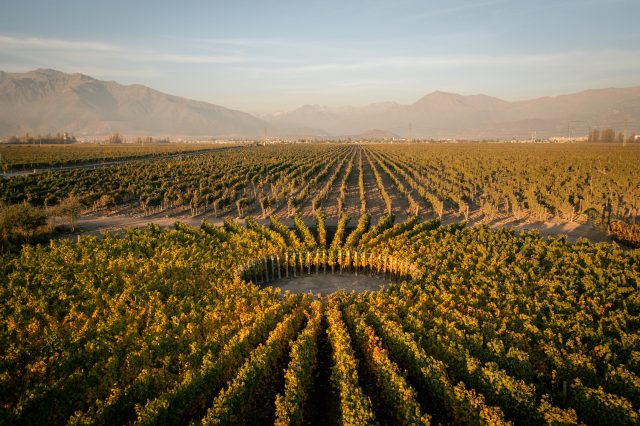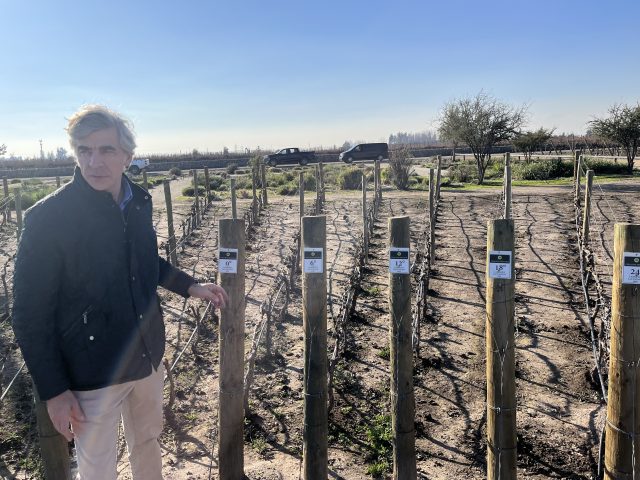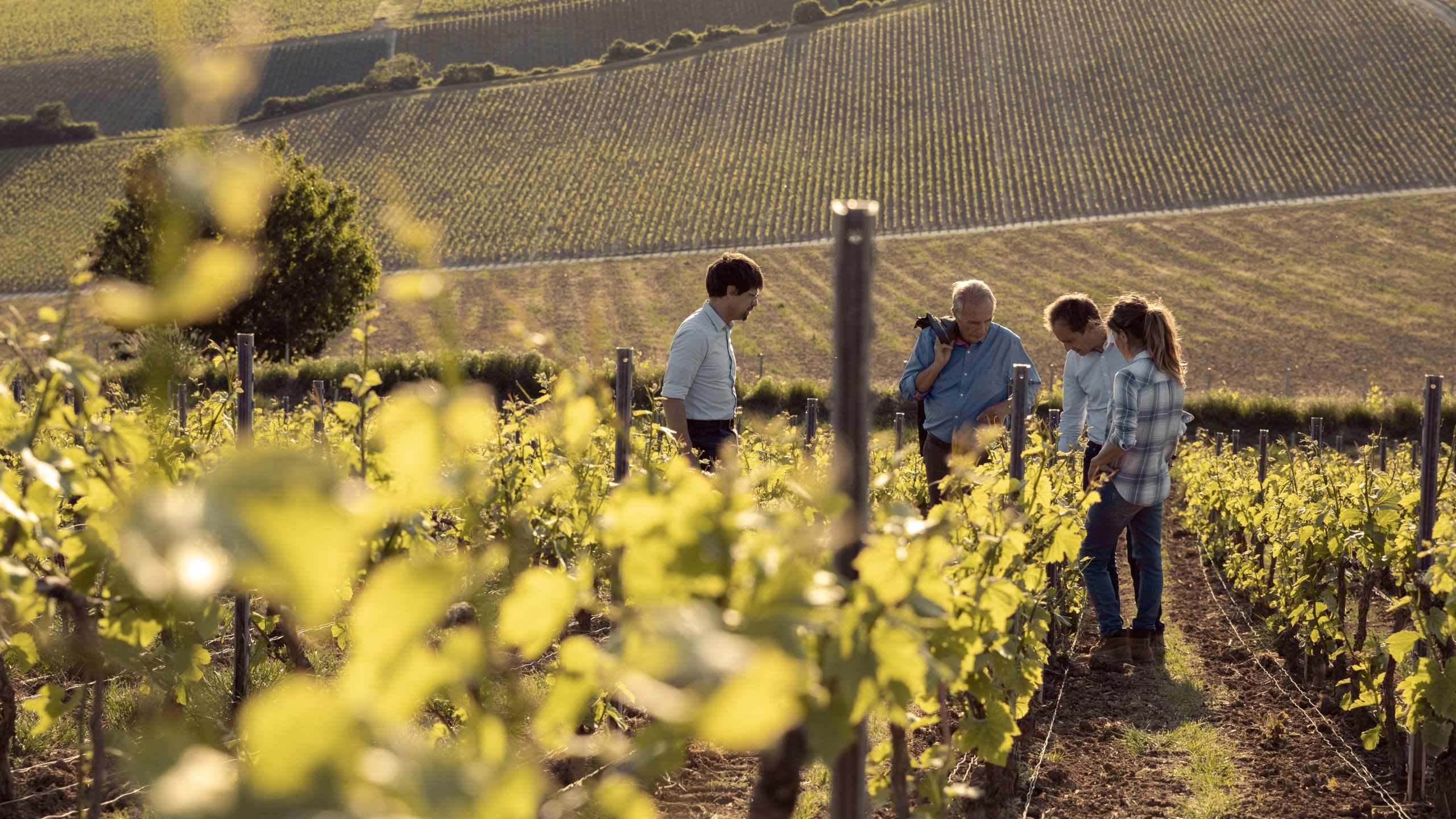Don Melchor comes full circle
Acclaimed Chilean Cabernet Sauvignon producer Don Melchor has unveiled its sundial vineyard, a project that it hopes will provide 360° insights into how vine orientation and planting density affect grapes.

Don Melchor, part of the Concha y Toro portfolio, is certainly no stranger to intense analysis of its vines – its 125 hectare vineyard in Puente Alto, close to the Andes mountains, is divided into 151 blocks.
During a visit db made to Don Melchor last month, CEO and technical director Enrique Tirado said: “I came to the vineyard and we had 30-35 parcels. We studied the soil and the wine expressions, and we sub-divided it. Now there are 151 small parcels, each making wines with different aromas, flavours and textures that we then blend.”
The producer has already made significant changes to the orientation and density of its vines. At first, the vines were planted east to west, in line with the irrigation system, at a density of 4,000 vines per ha, but the rows of the new plantings in 2004 were oriented north to south, at twice the density (8,000 vines per ha).
However, with its sundial vineyard (or Viñedo Solar) project, Don Melchor is hoping to further its understanding.
Partner Content
Covering 0.16ha and planted in 2018, it consists of 60 15 metre long rows of 15 vines, totally 900 vertically-trained vines of ungrafted Cabernet Sauvignon overall, radiating out from a circle.
Not only are these vines oriented at different angles (each 6° different from its neighbours) to the sun to explore how this position affects ripening, the further from the centre, the less densely-planted they are, providing data on how that plays a role – in the centre, they are 50 centimetres apart, but on the outer edge, the vines are 200cm apart.

Tiado explained the scientific logic of this vineyard that is both an experimental plot and also doubles as something of an art installation: “You have a few degrees of difference between different orientations – that results in the vines photosynthesising differently, and different phenols in the grapes.”
It is hoped that the data gathered from each vine will give Don Melchor a fuller understanding of how to maximise the quality it gets from its terroir. It is also believed that it will reveal how the factors of orientation and density can determine the efficiency of water usage in irrigation, a vital aspect of viticulture in this very dry region.
Related news
10 years of Tayu: Inside Chile’s most unique grower–winery collaboration




